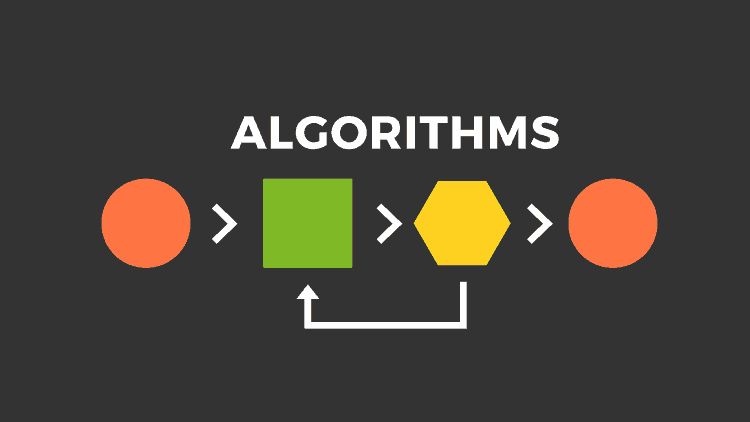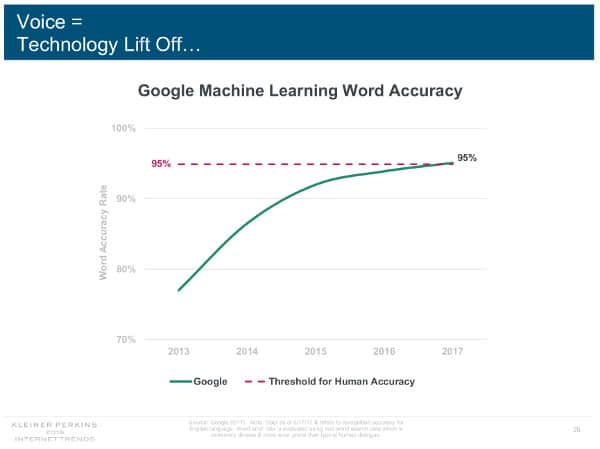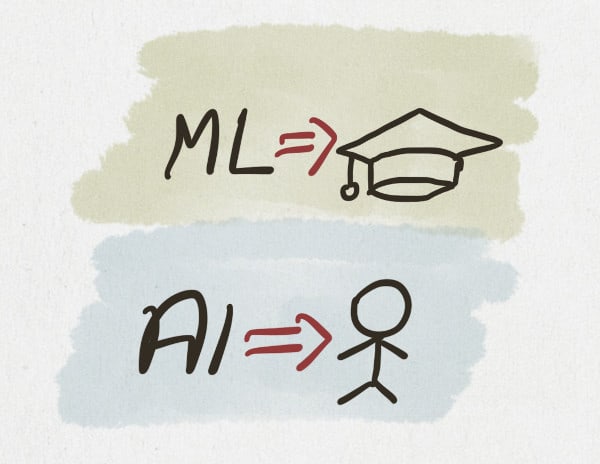Machine learning Vs Artificial Intelligence How Are They Different?
Artificial Intelligence has been around for a long time – the Greek myths contain stories of mechanical men designed to mimic our own behavior. Very early European computers were conceived as “logical machines” and by reproducing capabilities such as basic arithmetic and memory, engineers saw their job, fundamentally, as attempting to create mechanical brains.
You can think of machine learning and artificial intelligence as a set of Russian dolls nested within each other, beginning with the smallest and working out. Deep learning is a subset of machine learning, and machine learning is a subset of AI, which is an umbrella term for any computer program that does something smart. In other words, all machine learning is AI, but not all AI is machine learning, and so forth.
Before we can even define AI or machine learning, though, I want to take a step back and define a concept that is at the core of both AI and machine learning: algorithm.
What Is an Algorithm?
 |
| pandorafms.org |
An algorithm is a set of rules to be followed when
solving problems. In machine learning, algorithms take in data and
perform calculations to find an answer. The calculations can be very
simple or they can be more on the complex side. Algorithms should
deliver the correct answer in the most efficient manner. What good is an
algorithm if it takes longer than a human would to analyze the data?
What good is it if it provides incorrect information?
Machine Learning Vs. Artificial Intelligence: The Basics
Here are two simple, essential definitions of these different concepts.
AI means that machines can perform tasks in ways that are "intelligent." These machines aren't just programmed to do a single, repetitive motion -- they can do more by adapting to different situations.
Deep Learning is a branch of Machine Learning. A certain type of machine learning algorithms.
They became widely popular in recent years since they enabled the accuracy of certain tasks to increase significantly.
There are two things we can now achieve due to deep learning:
- Better image classification
- Better accuracy in speech to text
Differences Between AI and ML

Artificial Intelligence (AI)
AI is the most comprehensive way to think
about the best of advanced computer intelligence. At the Dartmouth
Artificial Intelligence Conference held in 1956, AI was suitably
described as: “Every aspect of learning or any other feature of
intelligence can in principle be so precisely described that a machine
can be made to simulate it.” It can range from a computer program
playing chess or a voice-recognition system like Alexa by Amazon that is
capable of speech response and interpretation.
AI can be put into three major categories:
Narrow AI- Deep Blue that has been
developed by IBM, which had defeated Garry Kasparov, the chess
grandmaster, in 1996 or Google Deep Mind’s AlphaGo, that defeated Lee
Sedol in 2016, are some of the examples of narrow AI. Narrow AI means
that it is trained to perform one particular task.
Artificial General Intelligence (AGI)- This is human-level AI that can do a wide range of jobs.
Super-intelligent AI- Superintelligent AI is taking a step ahead. Nick Bostrom puts it simply- “an
intellect that is much smarter than the best human brains in
practically every field, including scientific creativity, general wisdom
and social skills.” It is when machines outsmart humans.
Machine Learning (ML)
ML is a subfield of AI. The core
principle of ML is that machines learn by themselves by taking data from
various sources. Presently, it is considered to be one of the most
promising tools of the AI kit that is suitable for businesses. ML
systems are capable of fast application of knowledge and getting trained
from large sets of data to be able to do tasks like speech recognition,
facial recognition, translation, and object recognition with ease and
efficiency. ML allows machines to make predictions based on the
recognition of complex data sets and patterns. This is what makes ML
different from hand-coding a software program that requires specific
instructions for task completion.
What separates machine learning from
expert systems and the various knowledge graphs is its capability to
change itself when it is exposed to more and more data- machine learning
by itself is dynamic and therefore does not require any human
intervention for making certain changes. This makes it less brittle and
much less dependency on human expertise. Arthur Samuel who is one of the
pioneers of machine learning, in 1959 defined machine learning to be a “field of study that gives computers the ability to learn without being explicitly programmed.”
This meant that machine-learning programs are not ‘fed’ into a
computer, but they adjust themselves and respond accordingly to the data
that they are exposed to. “Learning” in machine learning essentially
means that the Machine Learning algorithms optimize along a particular
dimension- minimize errors and maximize the truth in their predictions.
Since the algorithm has a particular objective, there are three
associated names- error functions, loss functions, and objective
functions. One can easily get a gist of its value by simply asking about
its’ objective function.
Here’s how Google fairs now (taken from KPCB internet trends):

We’ve been around the 70% accuracy at 2010, after a gradual rise in the past 40 years or so from 50%.
This steep rise in accuracy in this decade is attributed to the wide use of machine learning and the amount of data available as training material to the algorithms.
Deep learning is usually explained as neural networks, making it akin to human thinking (at least until the next wave of better algorithms will be invented which are more akin to human thinking).
How Are They Different?

Machine Learning is about getting machines to select their own algorithm by presenting them a set of rules and outcomes:
- You give a machine voice recordings, along with the transcription. And let them decide from that input on a new voice recording what the transcription should be
- You give a machine the rules to play a game, and let it play many times (millions?) until he gets better at it, devising his own algorithm and strategy
So:
- Machine Learning is about letting a machine devise his own algorithm based on data we give it
- Artificial Intelligence is about doing a task the way a human would
forbes.com
skymind.ai
bloggeek.me
datasciencecentral.com
by sujeet kumar


Nice post.Thanks for sharing this post. Machine Learning is steadily moving away from abstractions and engaging more in business problem solving with support from AI and Deep Learning. With Big Data making its way back to mainstream business activities, to know more information visit: Pridesys IT Ltd